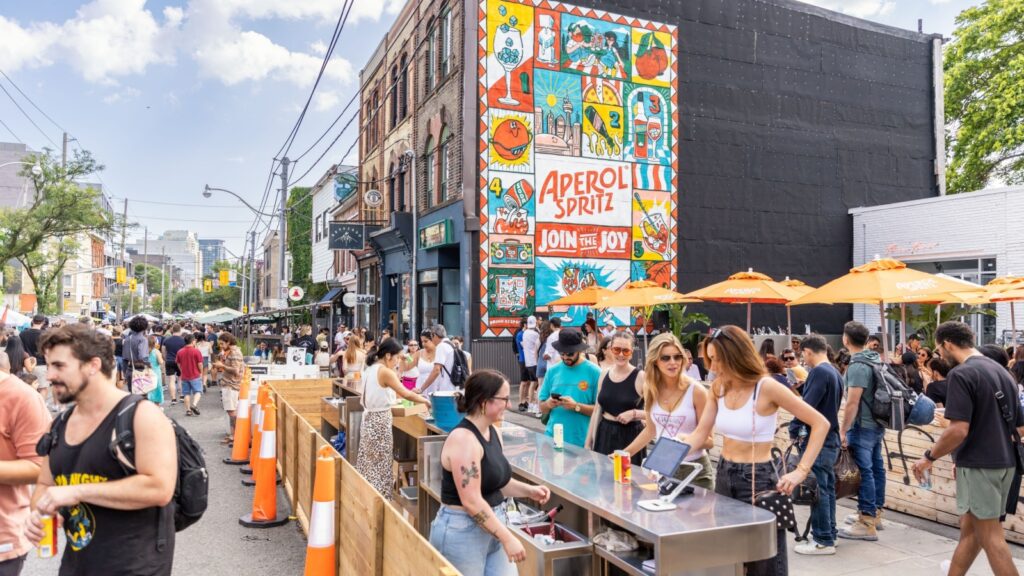From vibrant multicultural neighborhoods to groundbreaking chefs, innovative food brands, and farm-to-table pioneers, Canadian cities are redefining what it means to eat well. Whether you’re craving East Asian dumplings in Vancouver, Ethiopian stews in Toronto, or market-fresh ingredients in Halifax, there’s a distinctively Canadian flair to flavor that remains accessible and bold, and is proudly evolving. Here are 20 reasons Canada’s food scene is beating major cities worldwide:
Multicultural Streetscapes (especially Toronto & Vancouver)
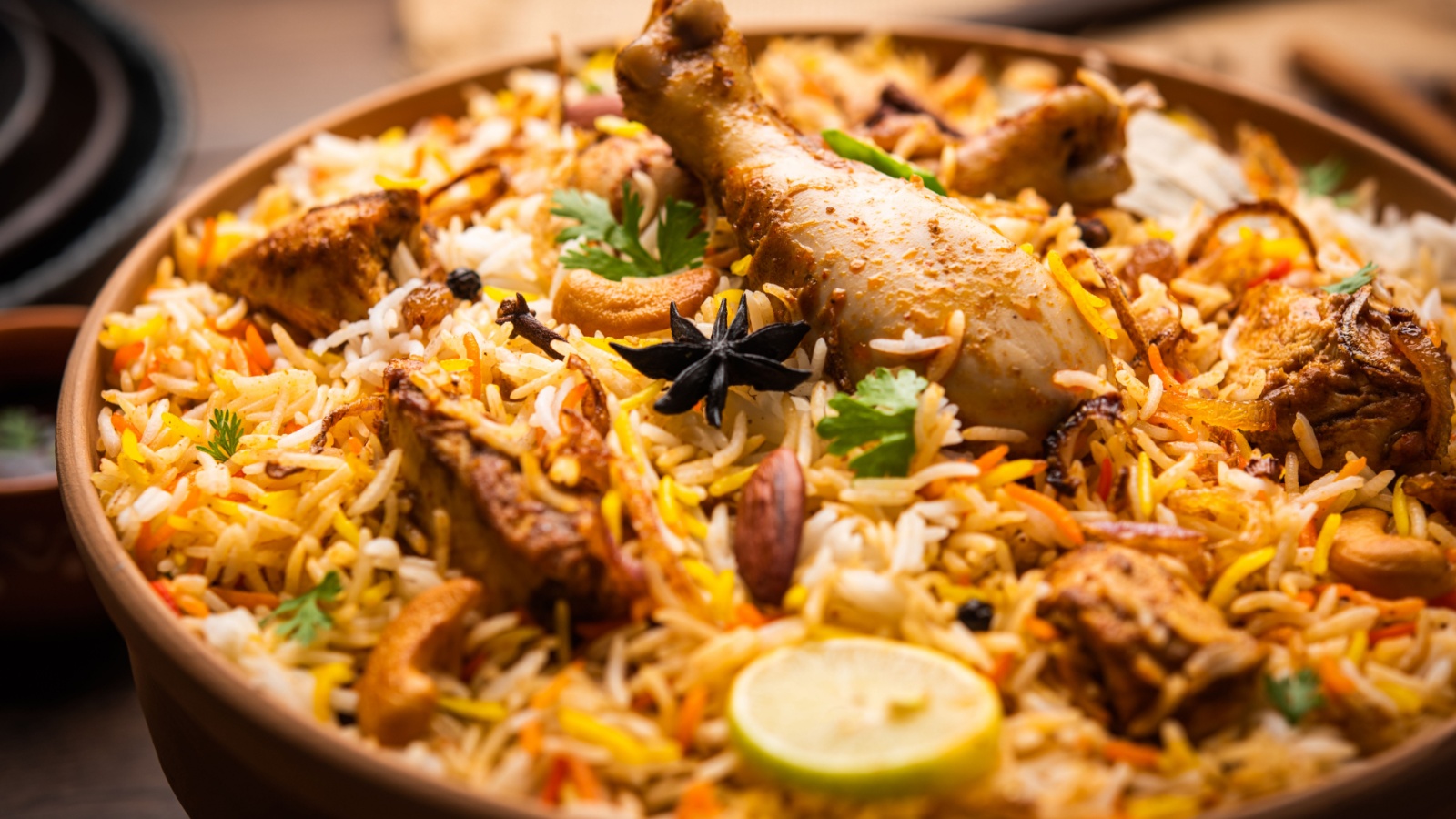
Canada’s two largest cities boast unmatched culinary diversity thanks to immigrant communities sharing traditions and recipes. Walk down a single block in Toronto or Vancouver, and you can sample real-deal Pakistani biryani, Japanese ramen, Jamaican patties, and Ukrainian pierogies that are all authentic and beloved. Rather than fusion that dilutes, it is multicultural kitchens that keep culture alive through food.
Indigenous-Inspired Fine Dining
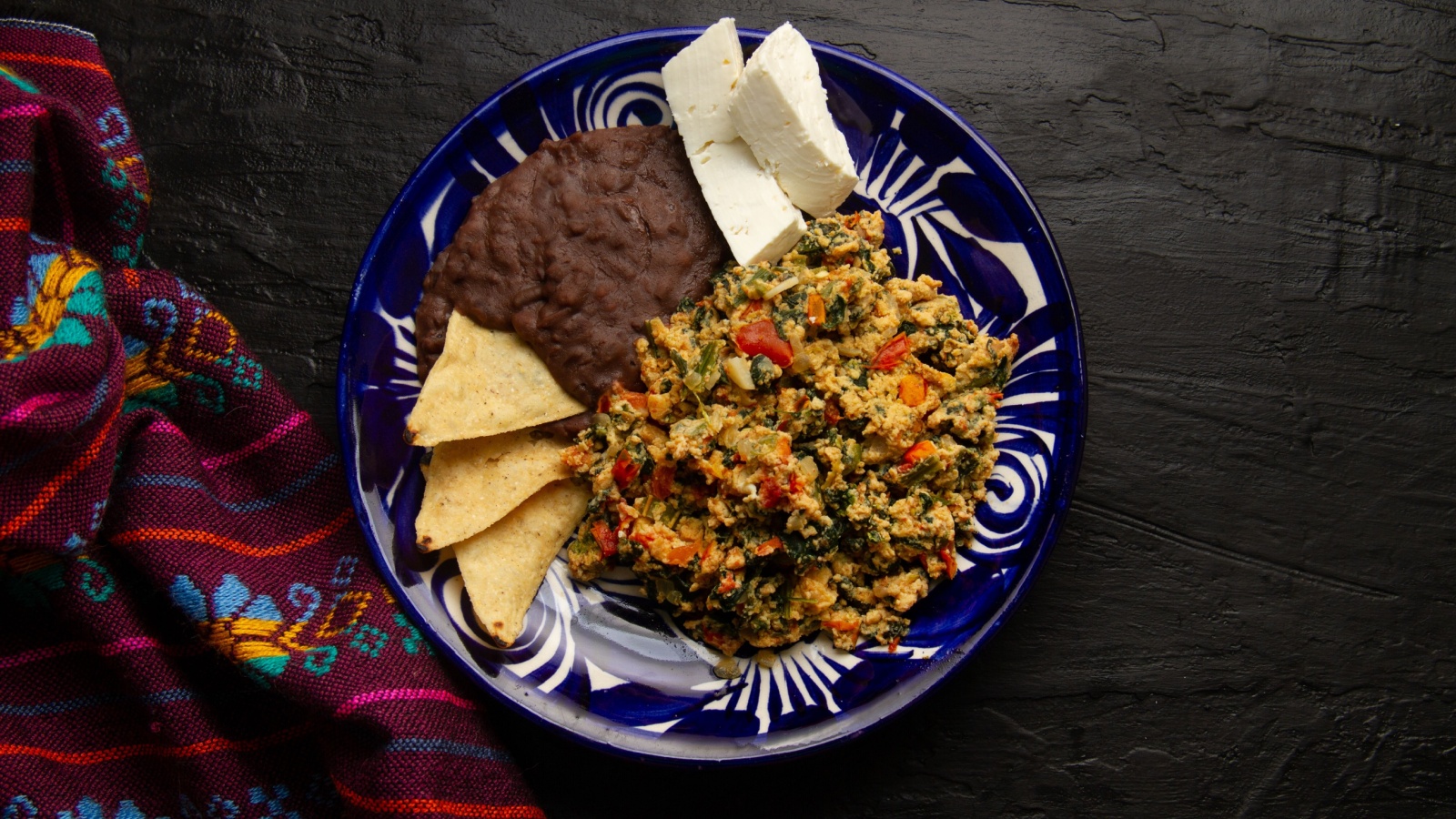
Canadian chefs are rewriting fine dining through an Indigenous lens, using ingredients like wild rice, spruce tips, bison, and seabucks. Restaurants like Owamni in Minneapolis (Indigenous-run) uphold these traditions, but homes like Vancouver’s Wildlight and Toronto’s Kappo Sato are celebrating First Nations cuisine on menus that feel world-class. The focus on seasonal, native, and ethically harvested ingredients gives Canadian fine dining a deep sense of rootedness; even global city peers are taking notes.
Hyperlocal Craft Brewing
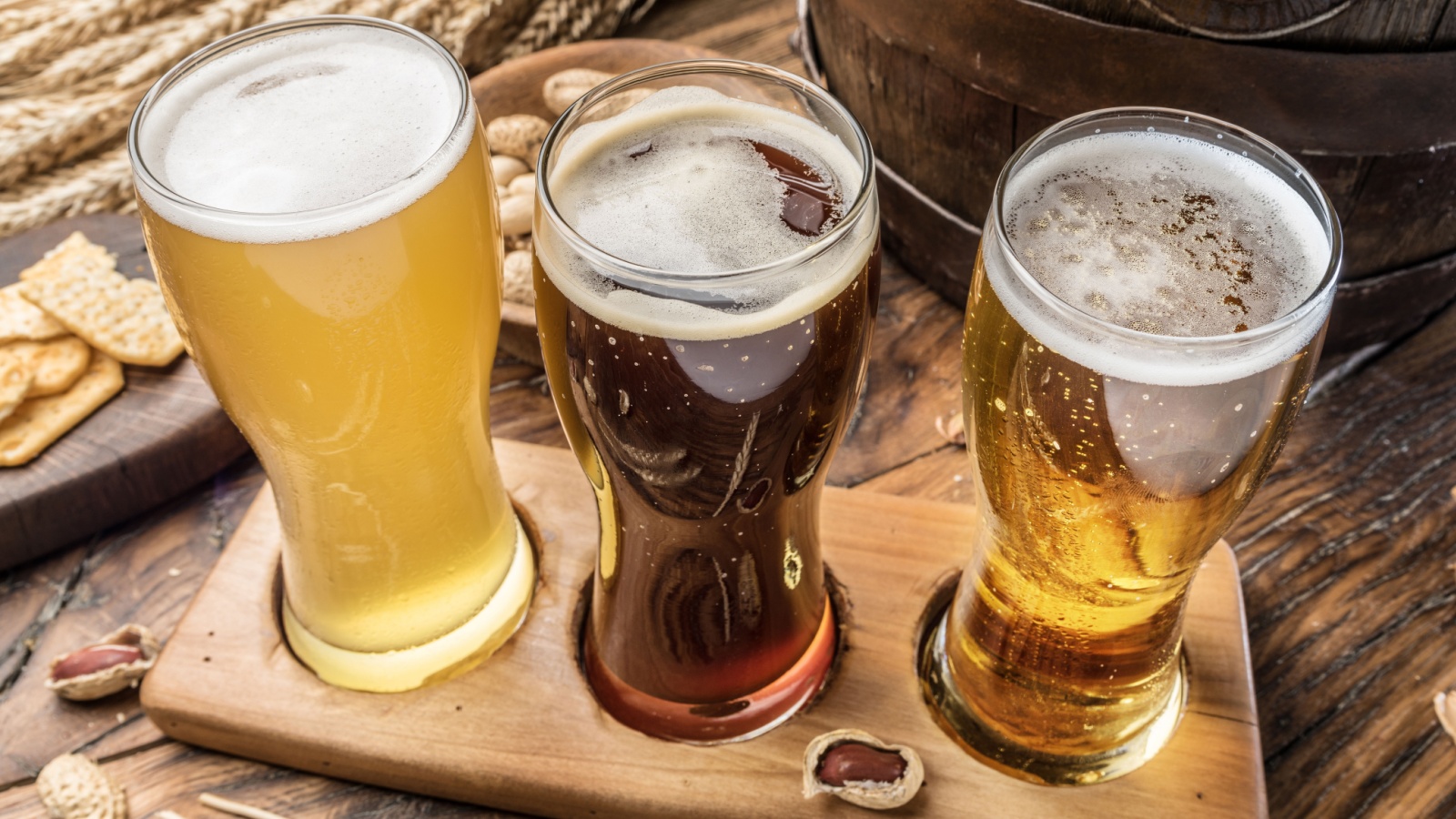
While cities like Portland or Munich get credit for craft beer, Canada’s regional breweries quietly fuel innovation. Tiny Vancouver nano-breweries brew with West Coast hops, while Quebec’s micro-breweries explore wild fermentation and local berries, and Halifax favorites champion foggy-port-friendly pale ales. These are neighborhood brands with big character that is also balanced, experimental, and community-forward. With brewery taprooms doubling as cultural hubs, Canada’s beer ecosystem rivals any major city’s.
Ethically Sourced Seafood from Coast to Coast

Canada’s maritime provinces deliver seafood that feels sustainably sourced and exquisitely fresh, which is better than most because it is smartly managed. Nova Scotia mussels, BC salmon, and Pacific oysters follow strict quotas and hand-to-mouth freshness. While sushi bars in New York or Barcelona wow with presentation, Canada’s fish-to-fork model points to practices that balance flavor and responsibility. Chefs like Vancouver’s Anita Stewart elevate regional catches through story and season, without compromise, offering food that tastes good and does good.
Bubble Tea Done Better (a Canadian specialty)

Bubble tea perfected its North American legitimacy in Canadian cities, especially in Toronto and Vancouver, long before U.S. chains caught on. With Royal Tea House and Chatime setting quality benchmarks for tapioca, ice, and sweetness, Canadians have grown up cherishing this drink as something authentic and made-to-order. While U.S. mall kiosks still deliver underwhelming versions, cities like Richmond and Scarborough offer artisanal blends with fresh teas, cooked tapioca, house-made syrups, and local milks.
Artisan Chocolate (Purdy’s & Beyond)

Canada knows bean-to-bar chocolate better than many global sweet spots. Purdy’s Chocolates remain a national institution, their truffles and seasonal treats treasured in lunchboxes and gift baskets. Startups like Peace by Chocolate carry that artisan torch, combining craftsmanship with purpose, and beyond coast to coast, small chocolatiers elevate local cacao, sea-salt pairings, and ethically sourced flavors. Belgium and Switzerland may have history, but Canada has heart and innovation baked into every bite.
Cold-Pressed Juices with a Mission
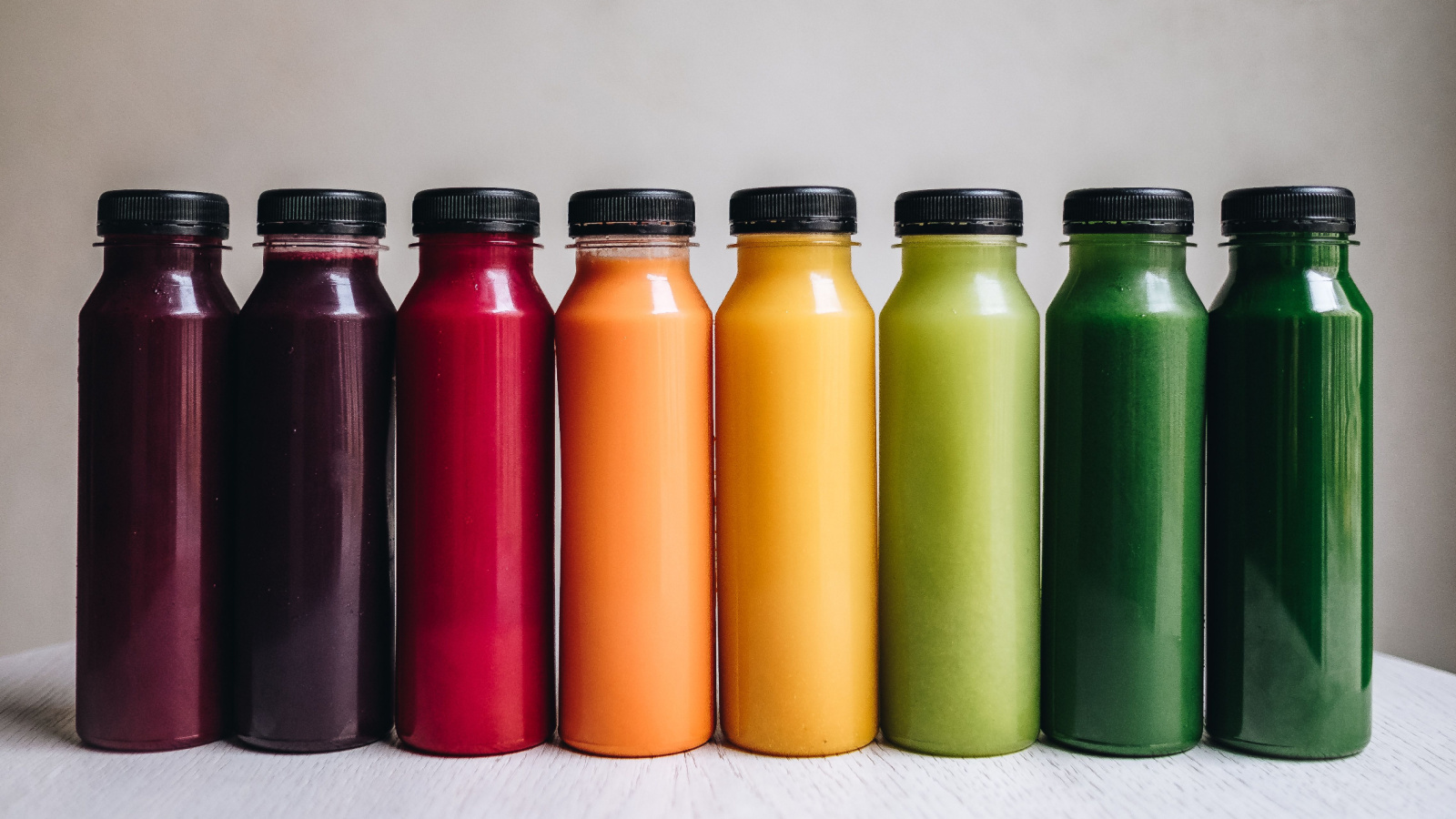
In cities from Montreal to Kelowna, cold-pressed juice businesses blend wellness, local agriculture, and sustainability, like Flash Forest smoothies that fund tree planting and Nada Grocery’s hand-pressed blends in reusables. These juices are nutritious, and they also tell a story of environmental stewardship and regional harvests. While New York juice bars trend, Canada’s juice scene aligns wellness with social purpose.
Croissant Quality that Competes

Montreal, and increasingly cities like Vancouver and Ottawa, define flaky perfection. Bakeries like Première Moisson and Fairmont’s patisseries master butter-layered, crackly exteriors and soft interior crumb without skipping a beat. While Paris may own the benchmark, Canadian croissants deliver that authentic experience with local flair, which is often enhanced with maple, espresso, or wild berry. Add rising bakery stars bringing sourdough into brunch culture, and you’ve got a pastry scene that makes cities like London pause, pastry in hand.
Indigenous Pop-Up Kitchens and Feasts
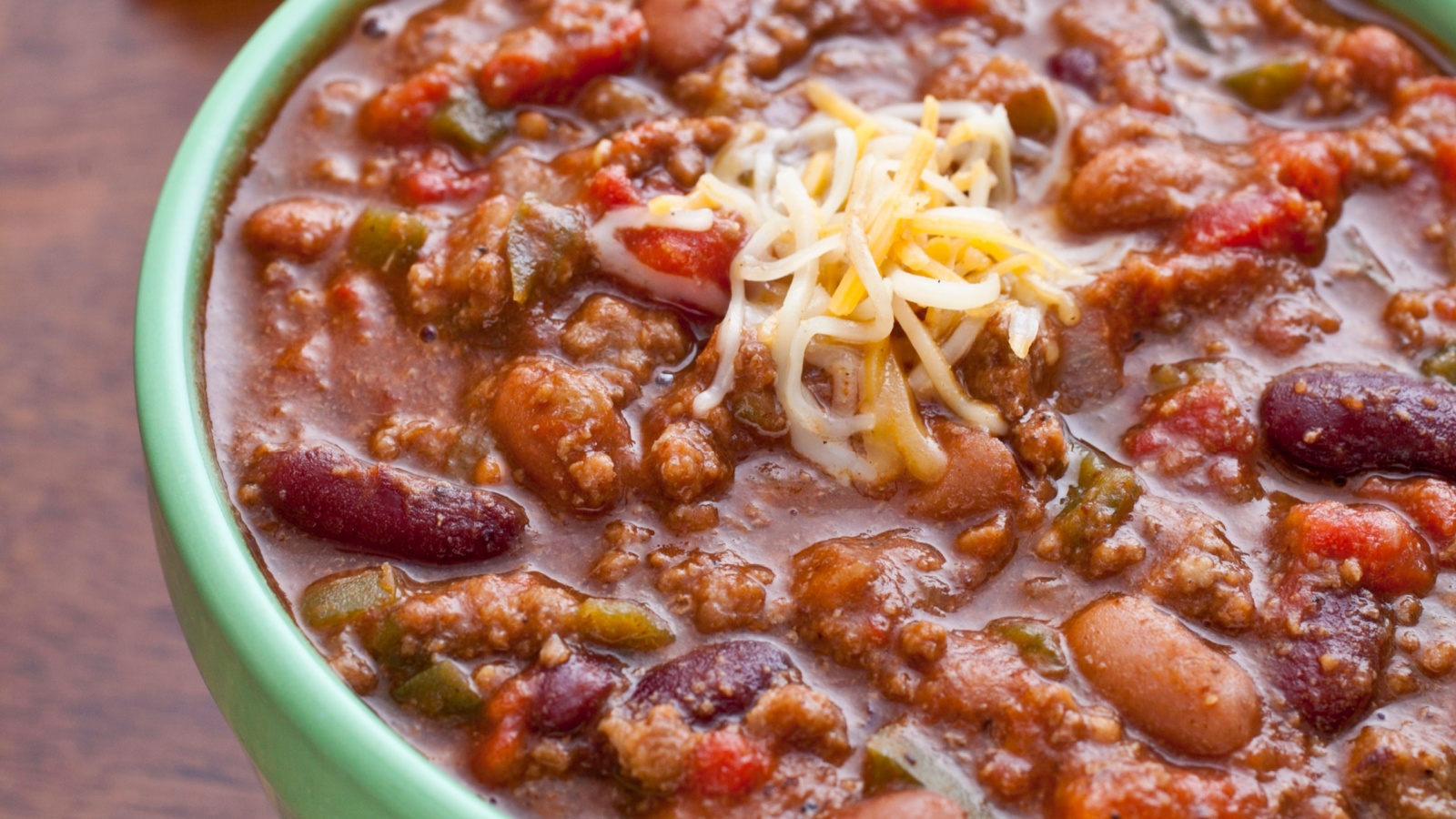
Canadian pop-ups led by Indigenous chefs, like those from Toronto’s community organizations or Saskatoon’s food festivals, bring healing and connection to food scenes. They serve bannock tacos, bison chili, and spruce-infused desserts in intimate, celebratory gatherings. These table-sharing events create cultural bridges where attendees discover flavor and history from chefs who choose to reclaim their culture through food. While other cities struggle to center indigenous cuisine, Canada’s grassroots scene remains one of the most meaningful movements globally.
Farm-to-Table Culinary Collaborations
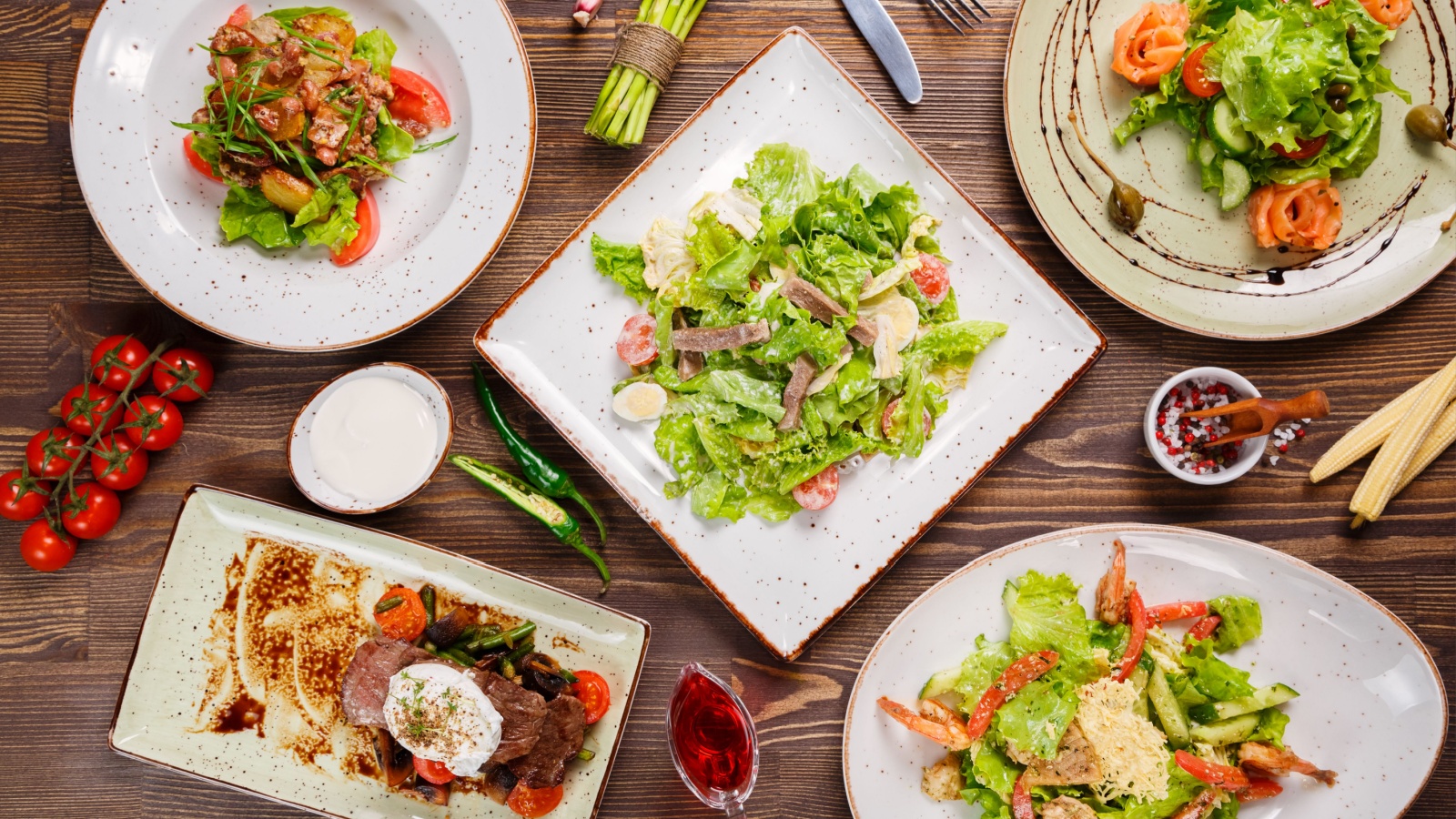
Vancouver Island, Okanagan, and Québec’s Eastern Townships all feature farm-to-table restaurants that source within a few miles and menus that change by availability, not trends. Chefs work with artisanal cheese makers, local wheat growers, and micro-greenhouses to create tasting menus with deep terroir. This results in plates that taste like season and place, not Instagram, offering an intimacy between kitchen and farm goes beyond labels. These collaborations also offer rural‑urban stewardship baked into every bite through meals that are celebrations of geography and sustainability.
Indigenous Cuisine Is Finally Getting Its Spotlight
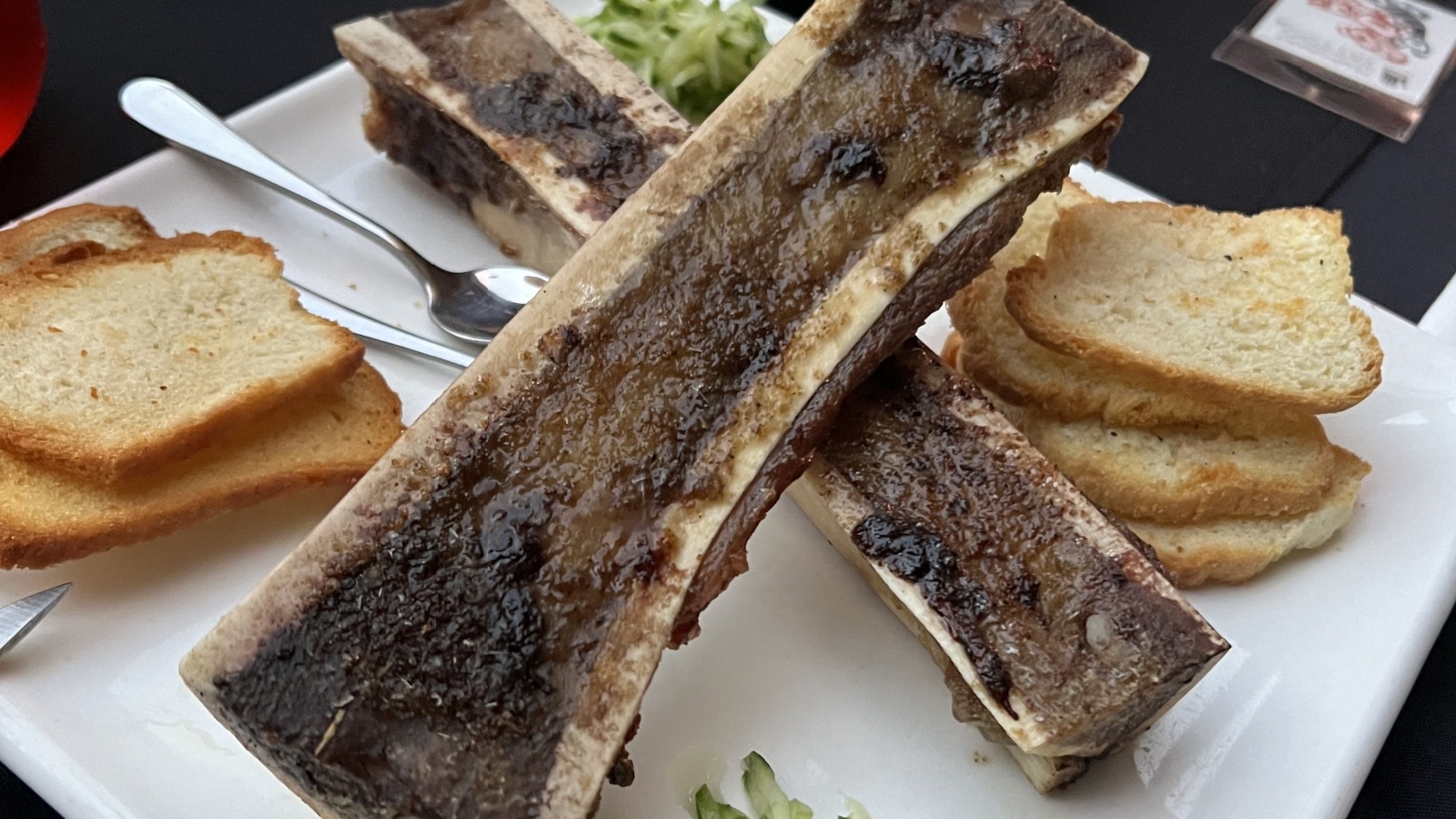
Canada is one of the only countries where Indigenous cuisine is not only preserved but actively celebrated in the mainstream culinary scene. Chefs like Shane Chartrand and restaurants like Salmon n’ Bannock in Vancouver are bringing traditional ingredients, like bison, wild berries, and bannock, into modern, high-end kitchens. This isn’t a culinary trend, but a cultural reckoning served with authenticity and pride. While many global cities are only beginning to acknowledge their Indigenous food roots, Canada is embracing them with both reverence and creativity.
Every Region Has Its Signature Dish

Poutine might be the headline act, but Canada’s food culture is deeply regional. Montreal’s smoked meat sandwiches, PEI’s mussels, Saskatoon berry pie, and Alberta beef all have fiercely local followings, and for good reason. Unlike cities where food scenes are homogenized, Canada offers distinct taste experiences from coast to coast, and traveling across the country is like eating through a dozen countries in one. These local specialties are preserved and are constantly being reimagined by a new wave of chefs proud of where they’re from.
Canada Is Quietly Dominating the Plant-Based Movement
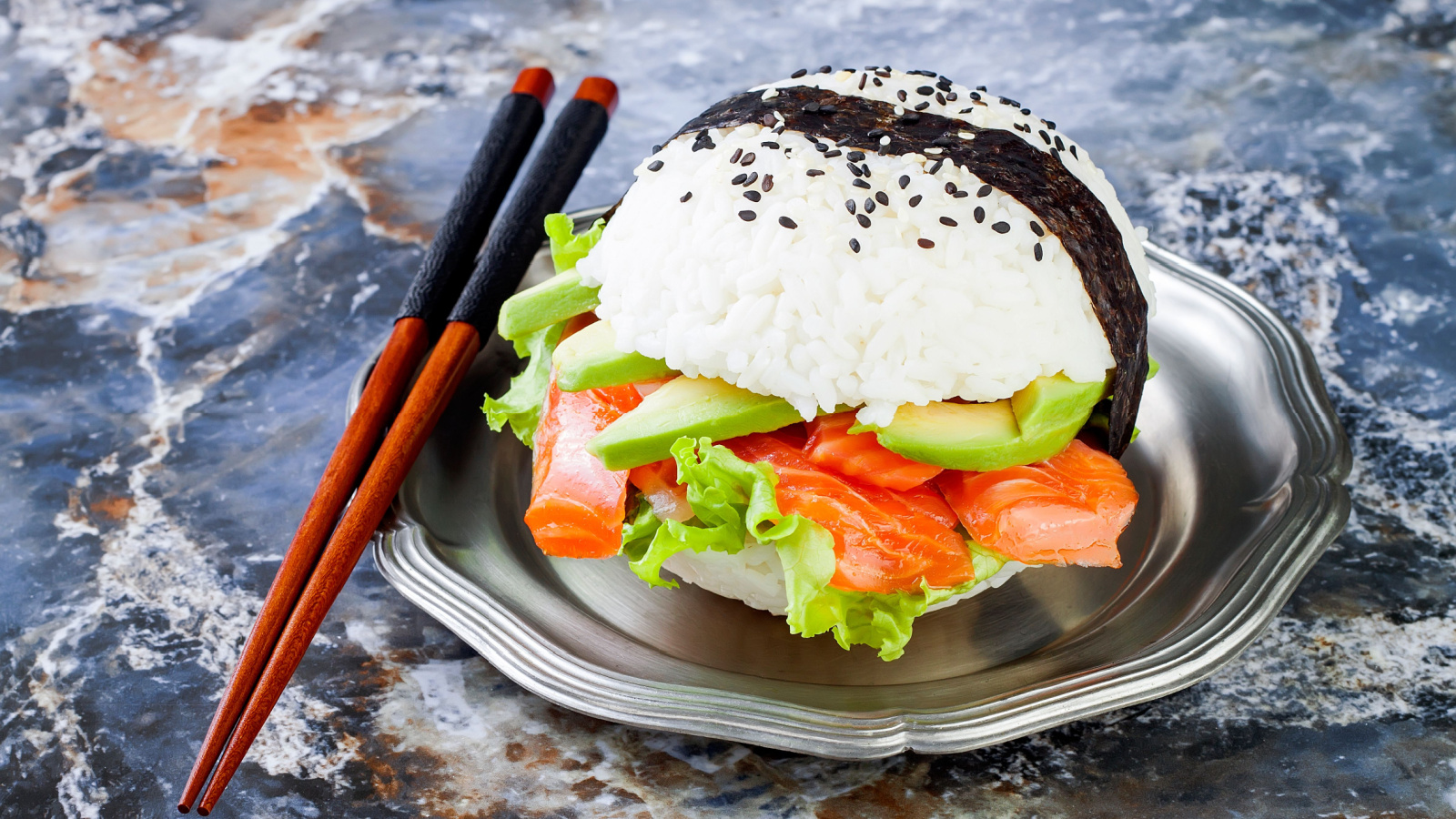
Canada may not shout about it, but it is home to some of the most innovative plant-based brands and eateries in the world. From Vancouver’s globally renowned vegan sushi spots to Toronto’s comfort-food-without-compromise bistros, Canadian chefs are leading the plant-based charge. Meanwhile, homegrown companies like Daiya and Gardein have taken their products global. What sets Canada apart is its ability to fuse sustainability with bold flavors, making plant-based eating less about sacrifice and more about satisfaction, where even meat lovers are making the switch.
Canadian Chefs Are World-Class but Still Humble
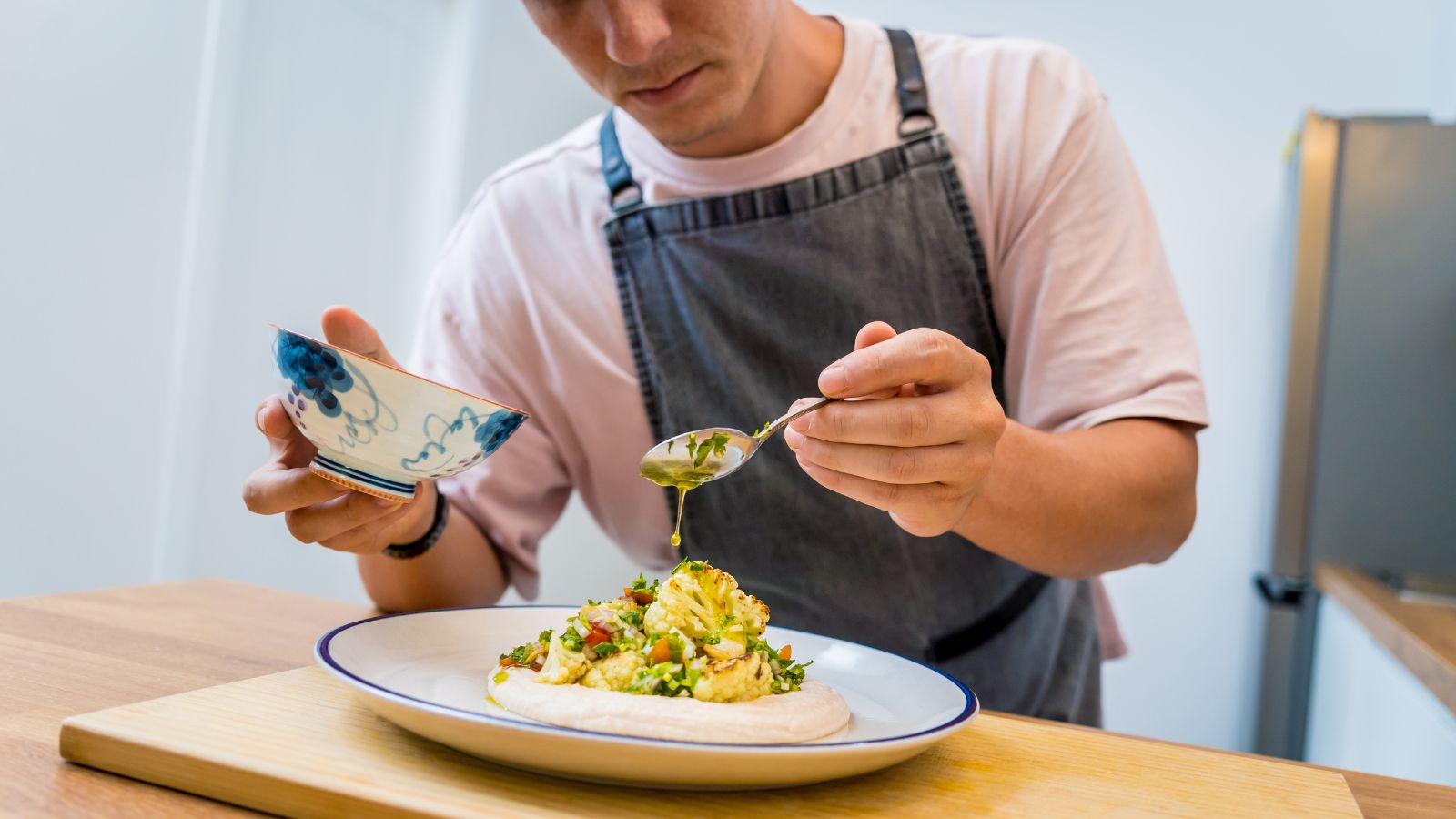
Some of the globe’s most exciting chefs are cooking in Canada, not chasing celebrity, but elevating craft. Chefs like Patrick Kriss, Dominique Crenn, originally from Quebec, and Jeremy Charles are building world-class menus with local ingredients and minimal pretension. While other cities may prioritize hype, Canada’s best chefs focus on hospitality, sustainability, and technique. This has resulted in Michelin-worthy food served without ego, where it is about flavor, community, and quiet excellence. And that’s exactly what keeps diners coming back.
The Street Food Scene Is on a Whole New Level
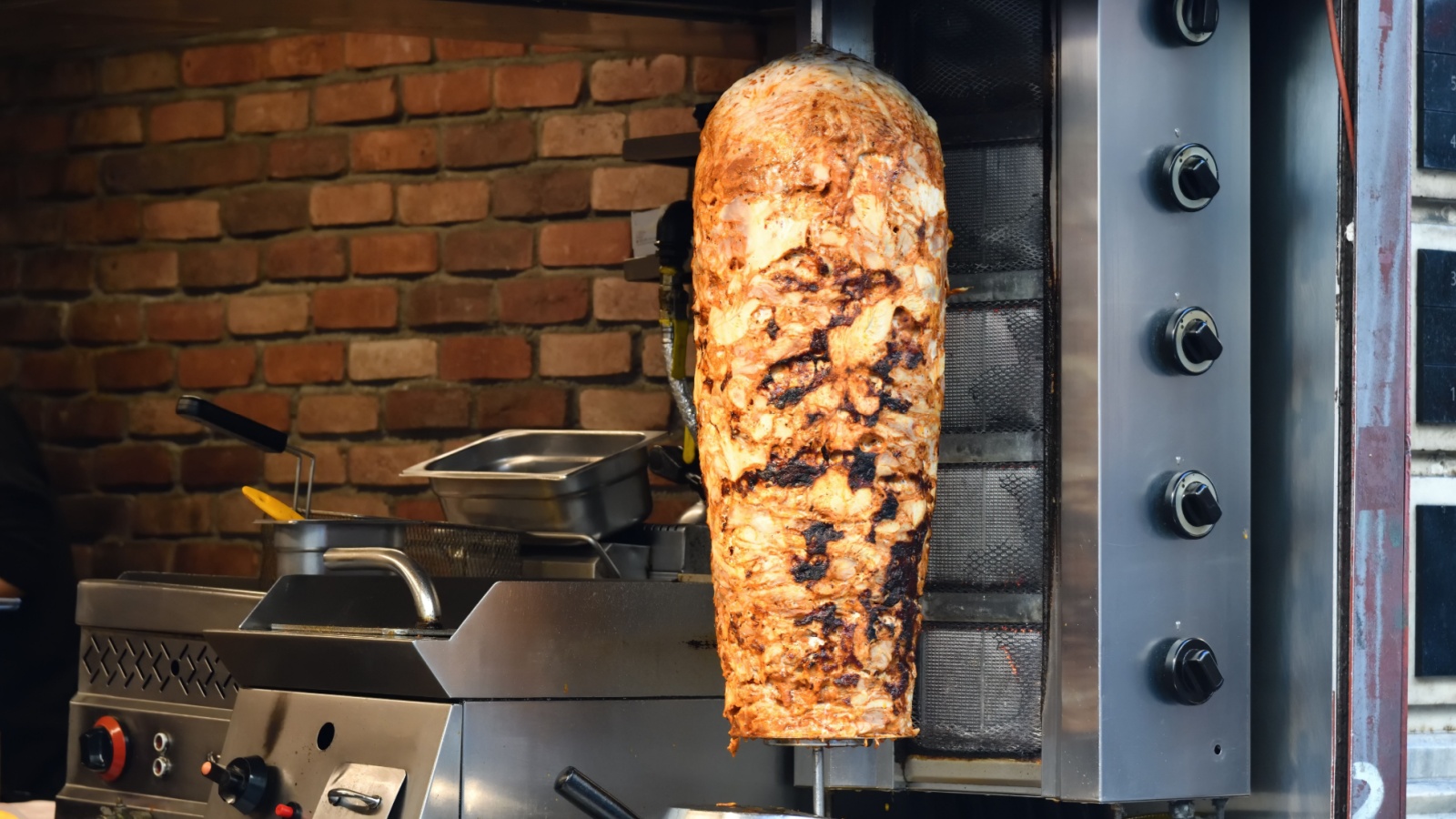
Whether it’s the multicultural food trucks of Vancouver or the late-night shawarma stands in Ottawa, Canada’s street food is wildly diverse and incredibly well-executed. Unlike some cities where street eats are limited to hot dogs and pretzels, Canadian urban centers offer everything from Filipino lechon to Korean corn dogs to Indigenous tacos. The quality is consistently high, and the cultural representation is unmatched. It’s no wonder global tourists and even professional chefs often say that some of their best Canadian meals came from a truck or stall.
Toronto’s Cultural Food Hubs Are in a League of Their Own
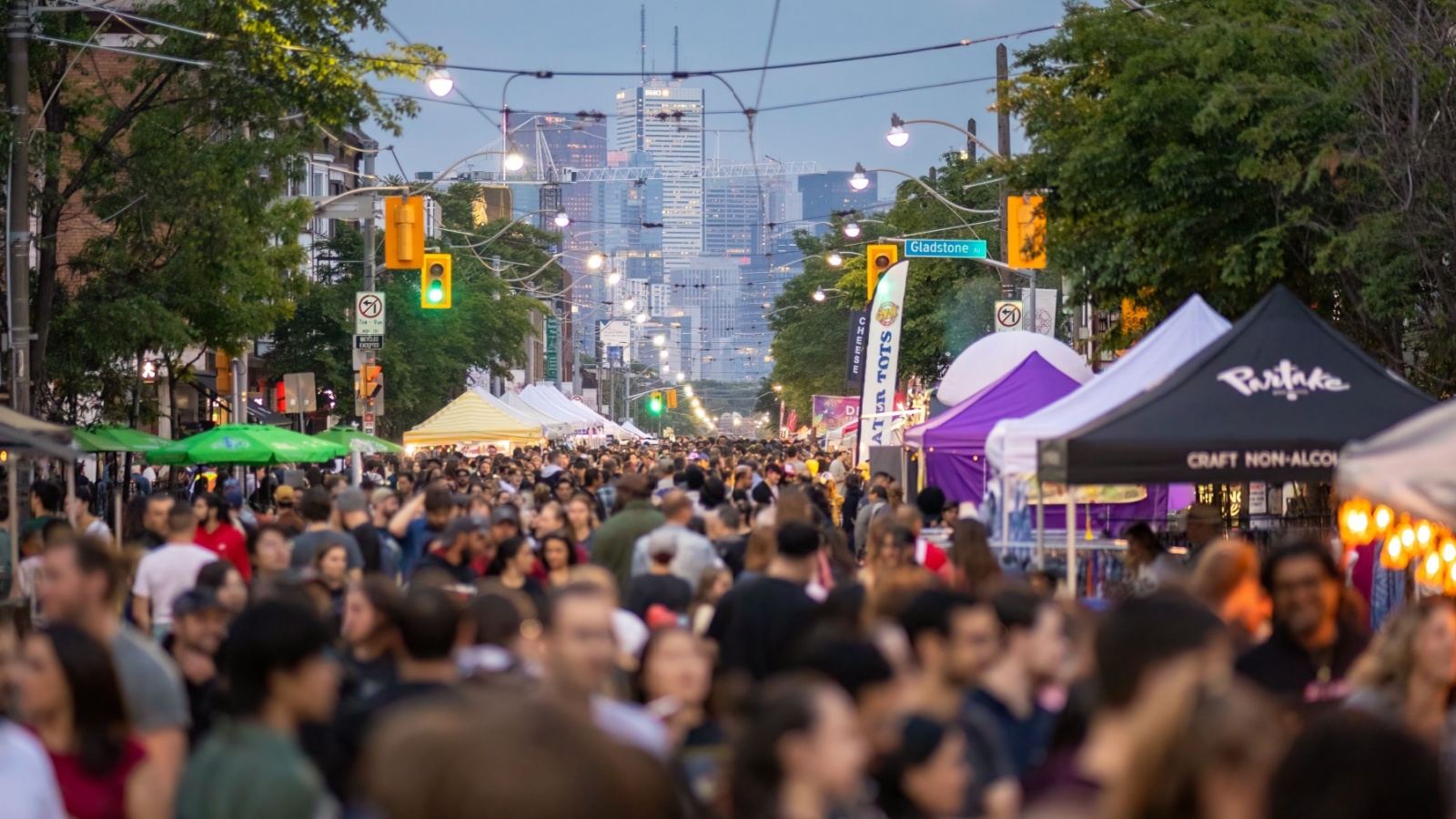
While New York and London are often praised for their culinary diversity, Toronto quietly rivals both with neighborhood-specific food experiences. From Little Jamaica to Koreatown, Gerrard India Bazaar to Chinatown East, each pocket offers authentic flavors shaped by generations of immigrants. These locations are not about trendy restaurants, but about the family-run shops, bakeries, and takeout counters that hold Toronto’s culinary soul. This grassroots diversity creates a food culture that’s immersive, affordable, and constantly evolving. Unlike curated global menus, Toronto offers lived-in and community-based authenticity.
Canada’s Wine Regions Are Finally Getting the Global Respect They Deserve

While Napa and Bordeaux may hog the spotlight, Canada’s wine regions, like British Columbia’s Okanagan Valley and Ontario’s Niagara Peninsula, are producing vintages that are turning heads worldwide. Known primarily for their crisp whites, cool-climate reds, and world-renowned icewines, these regions are combining sustainability with sophistication. Canadian vintners are winning international awards not by copying others but by embracing terroir and climate with bold innovation. The tasting rooms are relaxed, the scenery is stunning, and the wines rival anything from Europe or California, without the inflated price tag or the snobbery.
Canada’s Food Trucks Are Small-Scale Culinary Labs

Canada’s food truck scene isn’t just about street eats, as they also act as a launchpad for culinary innovation. In cities like Vancouver, Calgary, and Halifax, food trucks serve kimchi poutine, bison sliders, Thai tacos, and vegan doughnuts, which are all crafted with care and often using hyper-local ingredients. These mobile kitchens allow chefs to test bold ideas without massive overheads, creating dishes that are trendsetting rather than trend-following. Unlike food truck scenes in some U.S. cities that prioritize volume, Canadian trucks often focus on quality, authenticity, and sustainability.
Canadian Chefs Are Setting the Bar for Sustainability

As climate change reshapes consumer priorities, Canadian chefs are stepping up with menus that prioritize low-impact ingredients, ethical sourcing, and waste reduction. Restaurants across the country are ditching single-use plastics, composting religiously, and crafting menus around what’s seasonally available, and sometimes even foraging their own ingredients. Chefs like David Gunawan in Vancouver and Jeremy Charles in Newfoundland are showing that sustainability doesn’t mean compromising on flavor. While major cities talk about green dining, Canada’s chefs are baking it into the foundation of their culinary philosophy and global diners are taking notes.
Canadian Food Festivals Are Global Draws
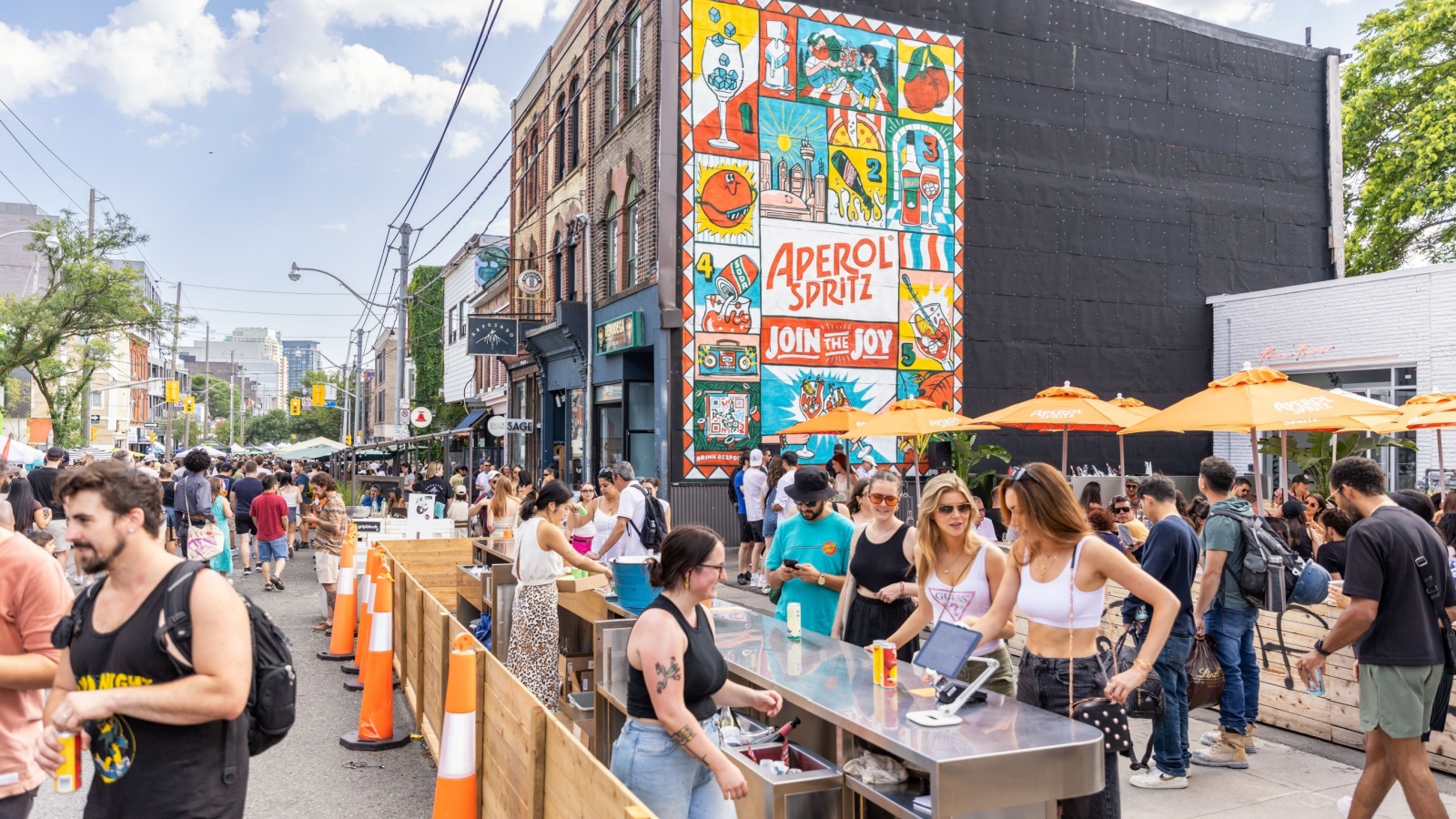
From Montreal en Lumière’s winter food extravaganza to PEI’s International Shellfish Festival, Canada’s food events rival global culinary festivals without the pretense. These festivals are immersive, community-centered celebrations of local ingredients, heritage, and innovation, where farmers, foragers, chefs, and winemakers collaborate to create authentic regional experiences that draw food tourists from around the world.
21 Products Canadians Should Stockpile Before Tariffs Hit

If trade tensions escalate between Canada and the U.S., everyday essentials can suddenly disappear or skyrocket in price. Products like pantry basics and tech must-haves that depend on are deeply tied to cross-border supply chains and are likely to face various kinds of disruptions
21 Products Canadians Should Stockpile Before Tariffs Hit
